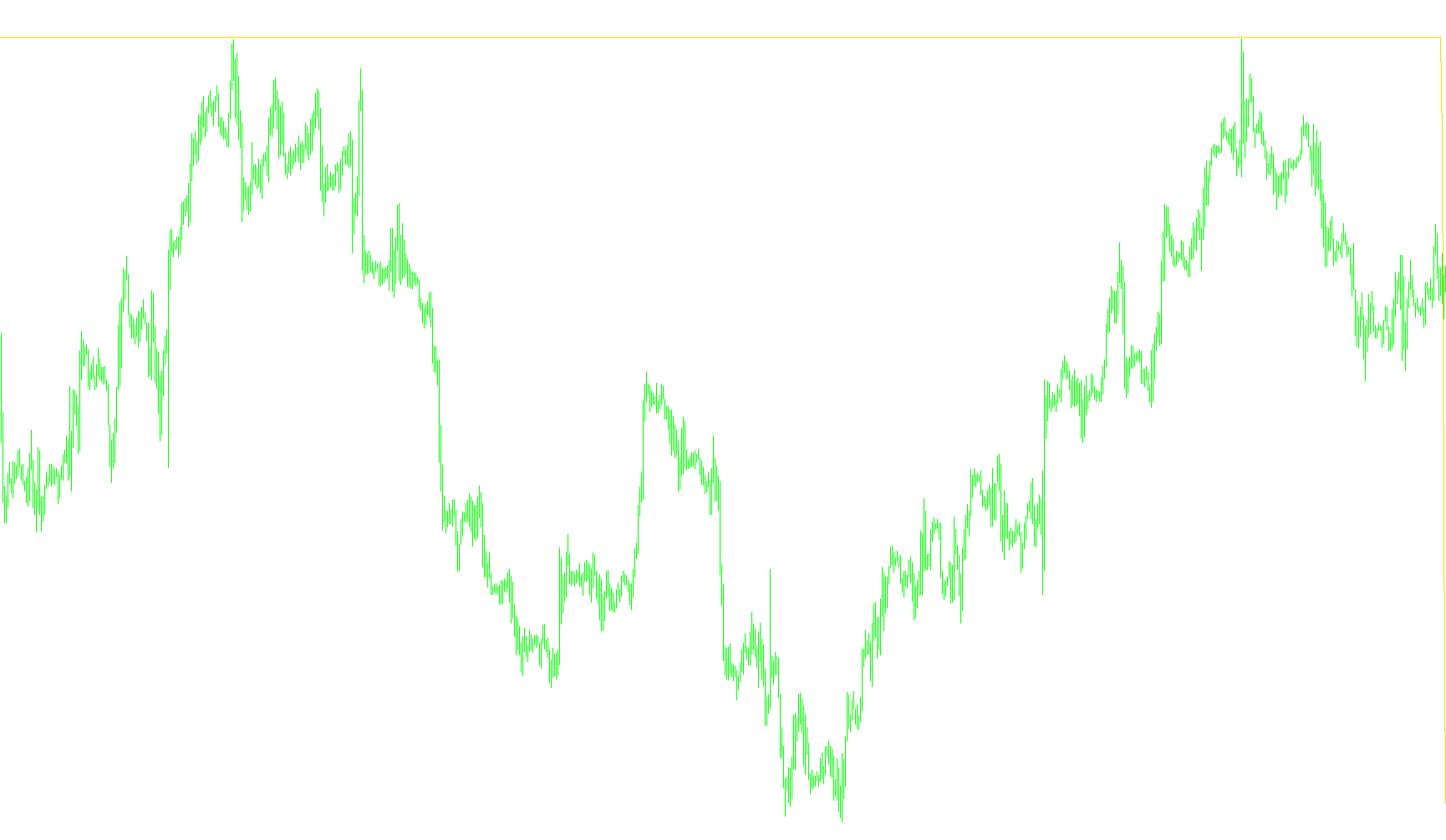
#property copyright "Copyright S.Projects"
#property link "http://trader.snowseed.com"
#property indicator_separate_window
#property indicator_buffers 1
#property indicator_color1 Red
#property indicator_minimum 0
#property indicator_maximum 1
// indicator parameters
extern int nClvPeriod = 27;
extern int nClvMa = 7;
// At the very beginning of the chart, before the MA
// had enough data to draw itself properly, do not display
int nDrawBeginBar;
// indicator buffers
double arrExtMapBuffer[];
// We are using this variable to store the number of bars
// for which the chart is already drawn. The difference
// between the total number of bars and this number is
// the number of bars to draw (usually, 1)
int nExtCountedBars = 0;
////////////////////////
int init()
{
string strIndicatorShortName;
strIndicatorShortName = "CLV(" + nClvPeriod +
", " + nClvMa + ")";
IndicatorShortName(strIndicatorShortName);
// drawing settings
SetIndexStyle(0, DRAW_LINE);
SetIndexShift(0, 0);
IndicatorDigits(4);
// Skip drawing at the beginning of a chart
nDrawBeginBar = MathMax(nClvPeriod, nClvMa);
SetIndexDrawBegin(0, nDrawBeginBar);
// indicator buffers mapping
SetIndexBuffer(0, arrExtMapBuffer);
return(0);
}
///////////////////////////
int start()
{
// Not enough points on a chart
if(Bars <= nDrawBeginBar)
return(0);
// See if we have new data to plot (if a new tick came,
// and it is the first tick of a new bar
nExtCountedBars = IndicatorCounted();
if(nExtCountedBars < 0)
return(-1);
// Last counted bar will be recounted
// Note, that here we force the last bar to be recounted.
// You may comment this code, if you only want to do it
// at the beginning of a new bar. I only keep this code
// for compatibility with a little mess created by official
// tutorials: see comment below (*)
if(nExtCountedBars > 0)
nExtCountedBars--;
Clv();
return(0);
}
///////////////////
// For the selected period:
// CLV = ((Close - Low) - (High - Close)) / (High - Low)
void Clv()
{
// (*) Note the line below. If we use
// "int nPos = Bars - nExtCountedBars;" the last bar
// will be recounted every tick. If there is no "- 1",
// only the beginning of a new bar triggers the code.
int nPos = Bars - nExtCountedBars;
// Note, that nPos is always > 0. It means, that Close[nPos]
// is never Close[0], so we don't make a mistake by "looking
// into the future". Note also, that we assign the value
// to the arrExtMapBuffer[nPos]. It means, that when calling
// this indicator from the expert, we need to use shift
// >= 1. If we want to be able to call it with shift == 0,
// we need to rewrite the code below, using
// arrExtMapBuffer[nPos - 1]. The Close[...] and all other
// functions obtaining data, should still use [nPos].
while(nPos > 0 && nPos < ArraySize(Low))
{
double dClose = Close[nPos];
double dLow = Low[ArrayMinimum(Low, nClvPeriod, nPos)];
double dHigh = High[ArrayMaximum(High, nClvPeriod, nPos)];
arrExtMapBuffer[nPos] = 0;
if(dHigh - dLow != 0)
arrExtMapBuffer[nPos] =
(((dClose - dLow) - (dHigh - dClose))
/ (dHigh - dLow)) / 2 + 0.5;
else
arrExtMapBuffer[nPos] = 0;
nPos--;
}
if(nClvMa > 1)
Ema(arrExtMapBuffer);
}
///////////////////
void Ema(double& arr[])
{
double dPr = 2.0 / (nClvMa + 1);
int nPos = Bars - nExtCountedBars;
while(nPos > 0)
{
if(nPos == Bars - 2)
arrExtMapBuffer[nPos + 1] = arr[nPos + 1];
arrExtMapBuffer[nPos] = arr[nPos] * dPr +
arrExtMapBuffer[nPos + 1] * (1 - dPr);
nPos--;
}
}
///////////////////
Comments